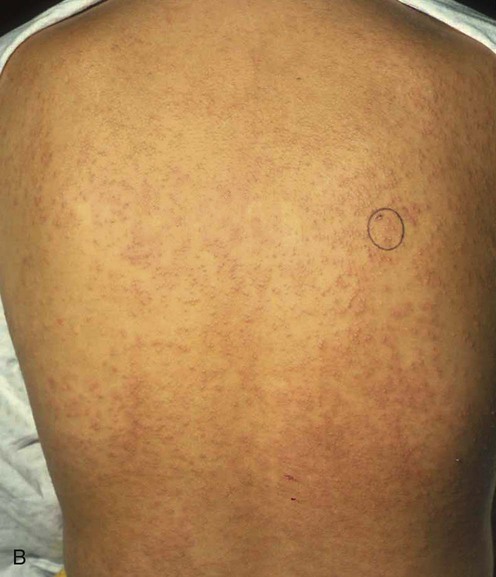Mowad CM, McGinley KJ, Foglia A, Leyden JJ. J Am Acad Dermatol 1995; 33: 729–33.
Miliaria


Specific investigations
The role of extracellular polysaccharide substance produced by Staphylococcus epidermidis in miliaria.
![]()
Stay updated, free articles. Join our Telegram channel

Full access? Get Clinical Tree





